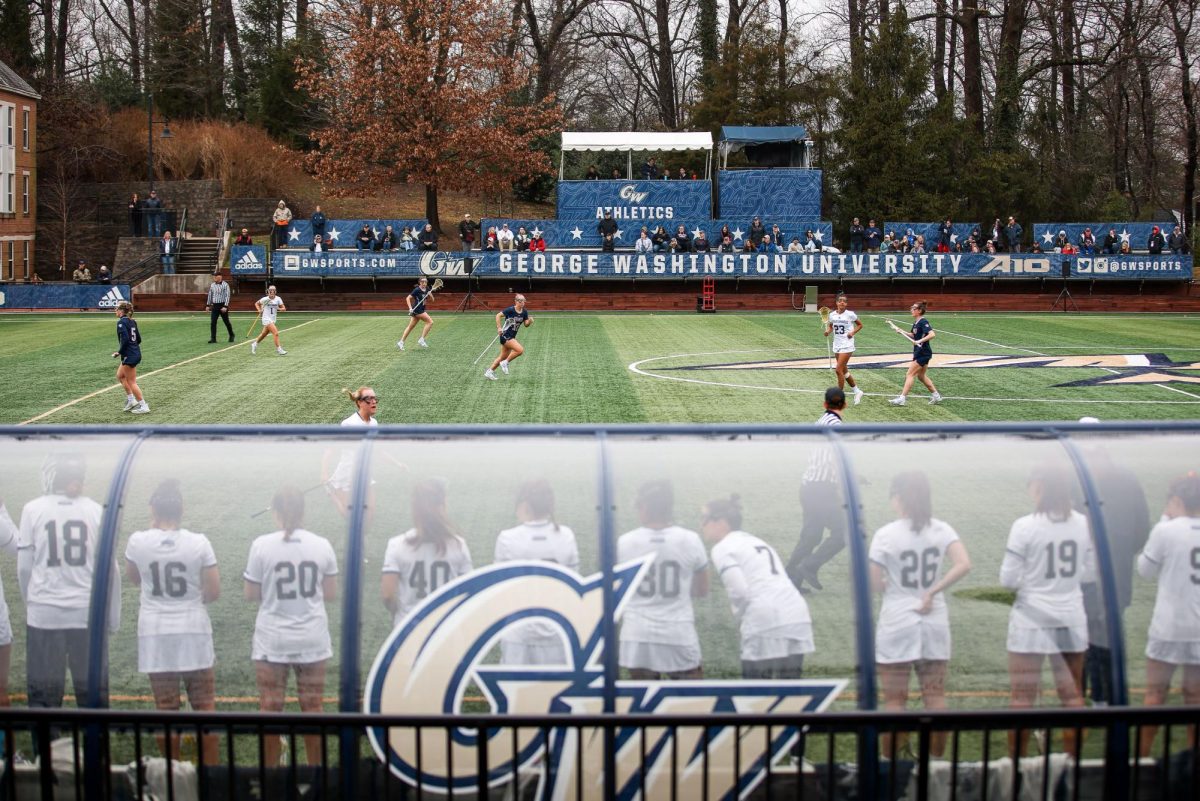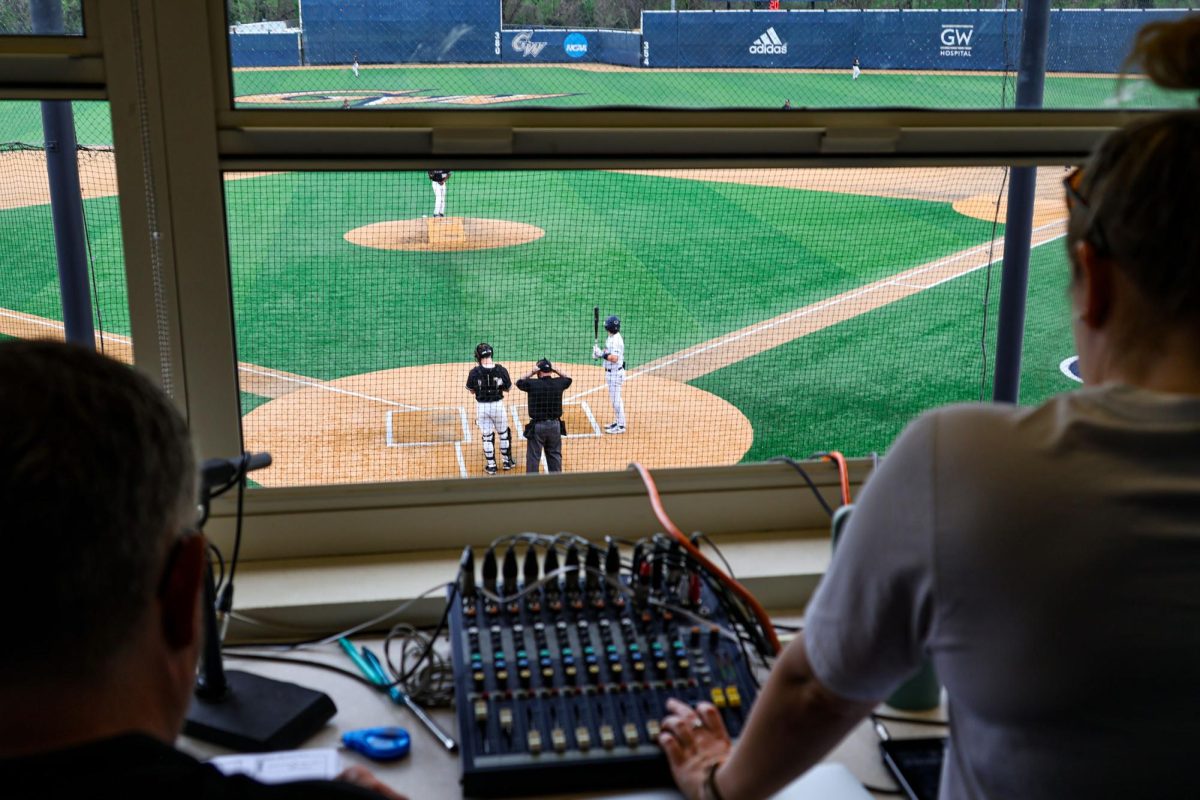With five minutes left in the Colonials’ loss Saturday, 5-foot-9-inch Rhode Island guard Stevie Mejia, who had five successful three-point tries all season entering the game, hit a trey to double the Rams’ lead from three to six and give them some breathing room.
“He doesn’t necessarily make shots,” Hobbs said of Mejia. “He makes a huge three, a huge three. I’m not sure he even wanted to take that shot, but he made it. That’s what winning does. When you win games, you expect to win them, and those shots go in for you.”
Whatever the cause, uncharacteristically strong three-point performances from opponents seem to have been a fairly common occurrence for GW this season. Of all the points the Colonials have allowed, 34 percent have come from three-point shots, well above the national Division I average of 27 percent.
Threes accounted for 38 percent of Rhode Island’s scoring Saturday compared to its season average of 23 percent. It was the 11th of such occurrences in GW’s 20 games this season, with the difference between an opponent’s proportion of three-point scoring against GW and its season average often being a wide margin.
The Colonials are 7-4 in these games, essentially in line with their 6-3 mark in games in which the opposing team does not do a disproportionate amount of three-point scoring.
That opponents do so much of their scoring from long range has caused some followers to question the team’s ability to defend such shots, but as Hobbs explained after Sunday’s win over Saint Louis, some of it is the result of GW’s attempt to dictate a fast pace by applying pressure and encouraging opponents to rush possessions.
“Sometimes you’re gonna give up an open three… but the intent is to get them to shoot that ball and not take the entire shot clock,” Hobbs explained Wednesday. The Billikens did 53 percent of their scoring from three-point distance in that game, which GW won in overtime.
Though the Colonials give up a high volume of three-pointers, the rate at which opponents make them is only 1.5 percent higher than the national average. GW opponents hit 35.6 of their three-point attempts compared to 43.5 percent of their two-point shots, a statistic in which the Colonials’ defense ranks in the top 40 nationally.
Thus, despite missing the shots more frequently, opposing teams are actually more efficient against GW when shooting three-pointers. Threes may be lower-percentage shots in terms of makes and misses, but the increase in payoff compensates for the difference. For GW opponents, the percentages add up to mean they average 1.07 points per three-point attempt and only .90 points per two-point shot.
If teams struggle from beyond the arc, they have often had trouble topping the Colonials. Three teams have shot 20 percent or lower on three-pointers against GW (Boston University, Princeton, St. Bonaventure). All three lost.
But when a team has a strong or even average night from outside, the volume of attempts allowed can be troublesome for GW, as was the case Saturday. The Rams took five three-pointers on their first five possessions, missing all of them, but kept getting chances to find their stroke. They made four of their next five shots from beyond the arc, taking them from down one to ahead by 11 in just over 4 minutes. Rhode Island then went on to make five of its nine three-point attempts in the second half.
Charlotte, the Colonials’ next opponent, boasts a 6-1 record in the A-10 and a 16-5 mark overall. Still, the 49ers shoot just 31 percent on threes, putting them in the bottom fifth of the country, though they make an above-average 49 percent of their two-point shots.
It’s an intriguing balance considering GW’s ability to defend inside the arc and its willingness to concede shots beyond it. Then again, the 49ers have proven themselves to be winners this season. As Hobbs said, funny things can happen for winning teams once the ball is in the air.






